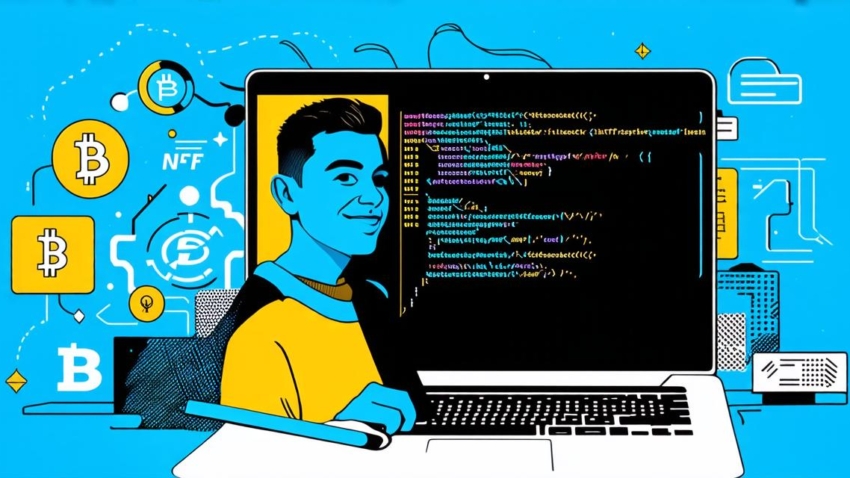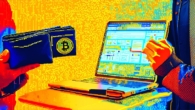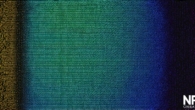
How can you create your own NFT

Understanding What an NFT Is and Why You Need It
Before diving into the technical details of creating an NFT, it is important to understand what they are and why you would need one. An NFT is a digital asset that has been verified as unique and cannot be replaced or replicated. This makes it valuable in many different contexts, from art to collectibles to virtual real estate.
One of the main benefits of using an NFT is that it allows for a sense of ownership and scarcity. With traditional digital assets like images or videos, there is no inherent limit on how many copies can be made and distributed. This can make it difficult to monetize the asset or create value in it. By creating an NFT, you can ensure that there is only one copy of your digital asset and that it cannot be replicated, making it valuable in a way that traditional digital assets are not.
Another benefit of using an NFT is that it allows for greater flexibility in terms of how the asset can be used or sold. With traditional assets like physical artwork, there may be limitations on who can purchase or own it. By creating an NFT, you can make your asset available to anyone with the means to buy it and use it as they see fit.
The Technical Details of Creating an NFT
Now that we have covered the basic reasons why you might want to create an NFT let’s dive into the technical details. There are several different platforms and tools available for creating NFTs, each with their own strengths and weaknesses. In this article, we will be using Ethereum, one of the most popular platforms for creating NFTs due to its strong security and wide range of features.
To create an NFT on Ethereum, you will need to use a smart contract. A smart contract is a self-executing program that runs on a blockchain, like Ethereum. It can be used to create, buy and sell NFTs in a secure and transparent way. The exact process for creating a smart contract will vary depending on the platform you are using, but it generally involves writing code in a programming language such as Solidity (which is the language used for Ethereum) and deploying it on the blockchain.
Once your smart contract is deployed on the blockchain, you can use it to create and sell your NFTs. When creating an NFT, you will need to provide information about the asset itself, such as its title, description, and image. You will also need to specify the terms of the sale, including the price and any other conditions that should apply.
Once you have created your NFT and set up your smart contract, you can sell it through a marketplace like OpenSea or Rarible. These platforms allow you to list your NFTs for sale and connect with buyers who are interested in purchasing them.
Case Studies: Real-Life Examples of Successful NFT Creation
Now that we have covered the basics of creating an NFT let’s look at some real-life examples of how this process has been used successfully by others.
One well-known example is the artist Beeple, whose NFT was sold for a record $69 million in 2021. Beeple created an NFT of his digital artwork and sold it through Christie’s auction house, which helped drive the NFT market to new heights.
Another example is the NBA’s Top Shot platform, which allows users to collect and trade NFTs of NBA highlights and moments. The platform has been a huge success for both the NBA and its fans, as it provides a way to monetize and collect unique moments in sports history.
Summary
Creating your own NFT can be a rewarding experience that allows you to monetize and protect your digital content in a unique and valuable way. By following the steps outlined in this article, you should be well on your way to creating your own NFT and selling it through the marketplace of your choice. Whether you are an artist, collector or simply someone who wants to create something unique and valuable, creating an NFT can be a powerful tool for achieving your goals.
Note: This is just a general guide and there are many other platforms and tools available for creating NFTs. It’s important to do your research and choose the platform that best suits your needs and budget.







